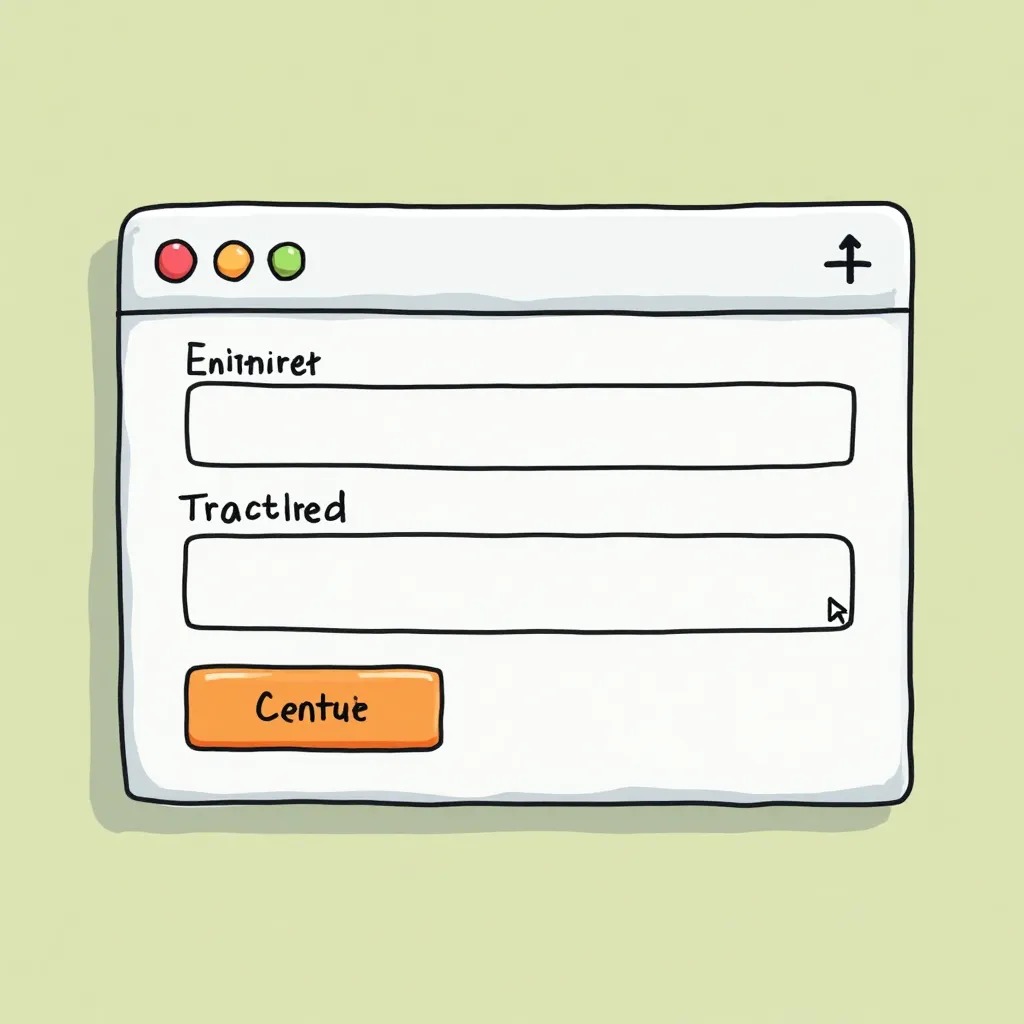Revolutionizing Form Control Styling with CSS Accent-Color
Modern web development has two primary form control types: native HTML form controls and custom form controls. While native form controls are easily accessible and don’t require external UI libraries, they pose several issues for developers. One major problem is the inability to customize their default theme colors to match the web app’s theme. This limitation led developers to use custom form controls built with CSS-styled elements as a solution.
The Game-Changer: CSS Accent-Color Property
The basic UI module level 4 CSS specification introduced the accent-color property, which allows developers to change form controls’ theme colors that were previously non-customizable. This property simplifies form control styling and enables developers to match their app’s theme colors without using workarounds like hiding native controls.
Understanding CSS Accent-Color
Native HTML form controls use a pre-defined, browser-specific color to build a theme. The accent-color property helps set a different color for this form control theme, also known as the accent color. By using this property, you can customize the form control appearance to match your app’s theme colors.
Syntax and Values
The accent-color property accepts three types of values:
auto: Uses the accent color defined by the web browserColor: Allows using a color constant, HEX value, or color function (rgb and hsl)Global values: inherit, initial, etc.
Practical Examples
Let’s explore how to use the accent-color property to customize form controls. We’ll start with a basic example of changing range slider colors.
Changing Range Slider Colors with CSS
Create a range slider with the following HTML snippet:
<input type="range" id="range-slider" />
Then, add the following CSS to change the accent color:
<h1>range-slider {</h1>
<p>accent-color: green;
}
This will change the range slider’s colors to green.
Using Accent-Color in HTML Form Controls
Let’s create a practical HTML form for a food ordering app and learn how to use accent-color for color scheme customization.
Checkboxes
The browser will change the checkbox’s hover, press, check status, and tick icon colors based on the accent color.
Radio Buttons
The browser will change the radio’s hover, press, select status, and the selected icon colors based on the accent color.
Range Sliders
A range slider control consists of several building blocks: the sliding rail, the knob, and the filled region. The colors of these parts change when the user presses and hovers over the range slider.
Progress Bars
The accent-color property changes the filled and empty region colors of the progress bar.
Handling Accent-Color with Dark/Light Modes
The browser creates a UX-friendly color scheme for form controls based on the accent color setup. You can use a different accent color for dark mode by wrapping the accent-color definition with the prefers-color-scheme media query.
Styling Enhancements with Accent-Color
The accent color is just a color value, but the browser will generate a color scheme to go with it in various situations. You can use custom accent colors based on form control states by switching your accent colors with CSS pseudo-classes and using transition effects.
Browser Support for Accent-Color
Every modern web browser implements the accent-color property according to the standard CSS specification, allowing customizing the accent colors of checkboxes, radio buttons, range sliders, and progress bars in a simplified way.
By using the accent-color property, you can simplify the form control styling process and create a consistent look and feel for your web app.
